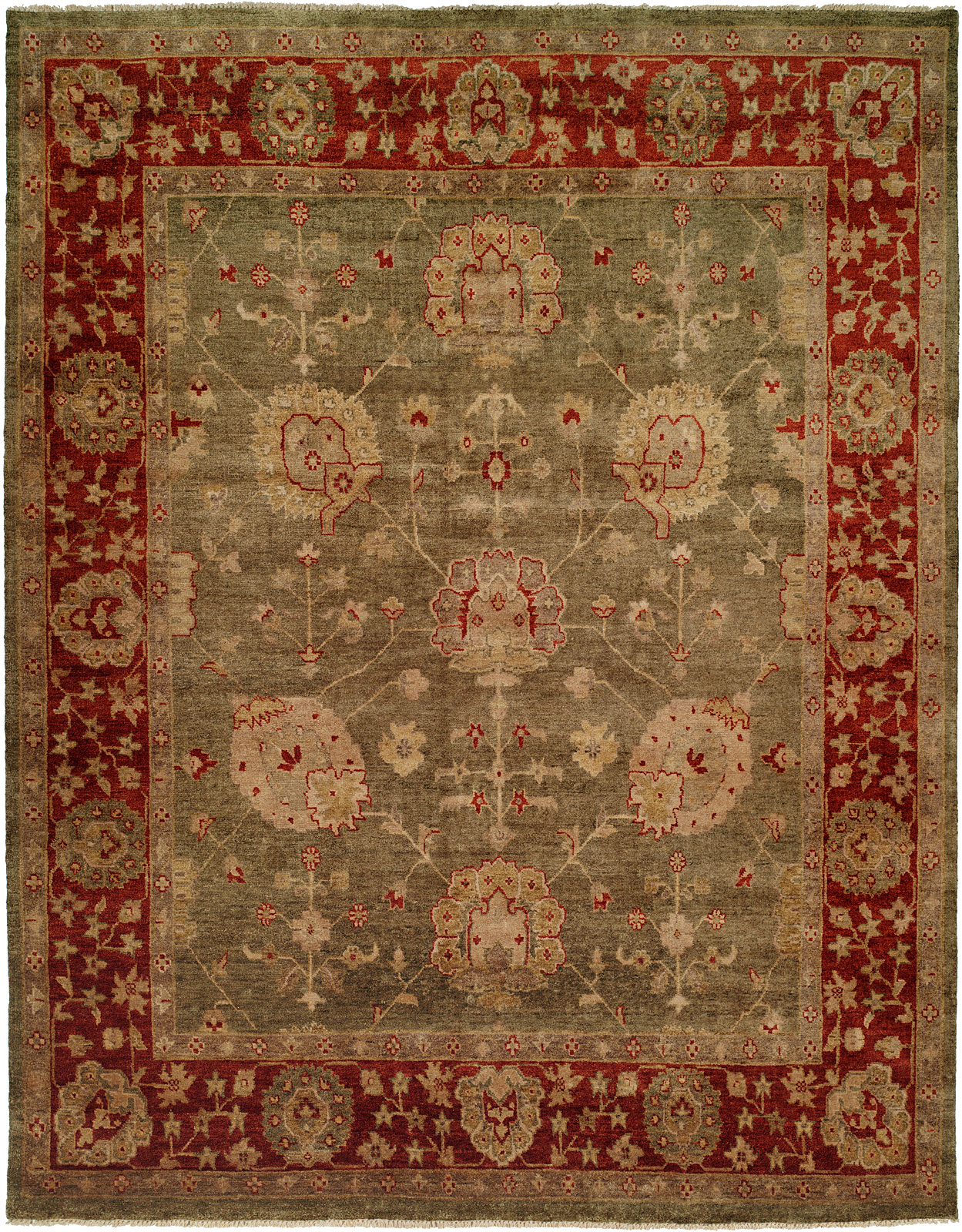Famous Carpets and Carpet Collections
Apart from the Pazyryk carpet (in the Hermitage, Leningrad), probably the best known specimen in existence is the Ardebil carpet, which is now housed in London’s Victoria and Albert Museum.
This masterpiece of oriental textile art, which measures 34′ x 17′ and contains approximately 33 million hand-tied knots at a ratio of 340 knots per square inch, was purchased in about 1880 from a mosque in the north-east Persian town of Ardebil by an English merchant, for approximately 2,400 pounds.
Today, in the extremely unlikely event its ever being put up for sale, it would certainly fetch millions on the open market.
Its design is based around a huge central medallion, encircled by 16 smaller lobe-medallions, set against a field of the most intricately articulated palmettes, floral sprays and islimi spirals. It also carries the famous inscription: “I have no refuge in the world but thy threshold. I have nowhere to hide my head but under this roof. The work is by the slave to the sanctuary. Maksud the Kashan in the year 946”. A
Hanging near the Ardebil in the Victoria and Albert Museum is another magnificent 16th century Persian carpet, known as the Chelsea carpet because it was found in an antique shop in Chelsea, and regarded by many scholars as the most beautiful carpet ever made.
An extremely important item, housed in the Osterreichisches Museum in Vienna, is the pure silk Hunting carpet, believed to have been given to Emperor Leopold I by Peter the Great. Equally impressive, and of perhaps even greater historical importance, is the famous Coronation carpet in Rosenborg Castle, Copenhagen.
It is knotted in a combination of silk and gold thread, and was reputedly presented to Frederik III’s queen, Sophie Amalie, by the Dutch East India Company in 1666.
It owes its name to the fact that it was used as the floor covering at the coronation of Frederik IV in 1699, and that of all subsequent absolute Kings.

